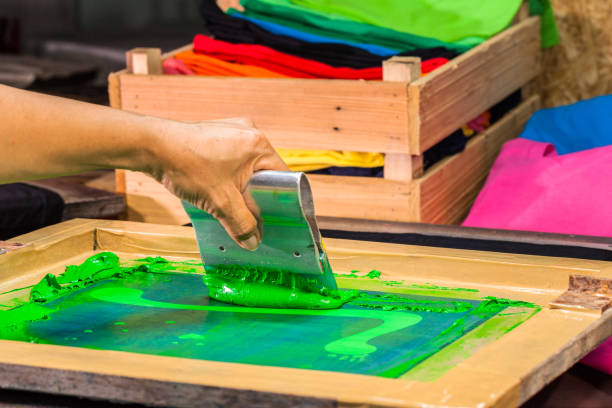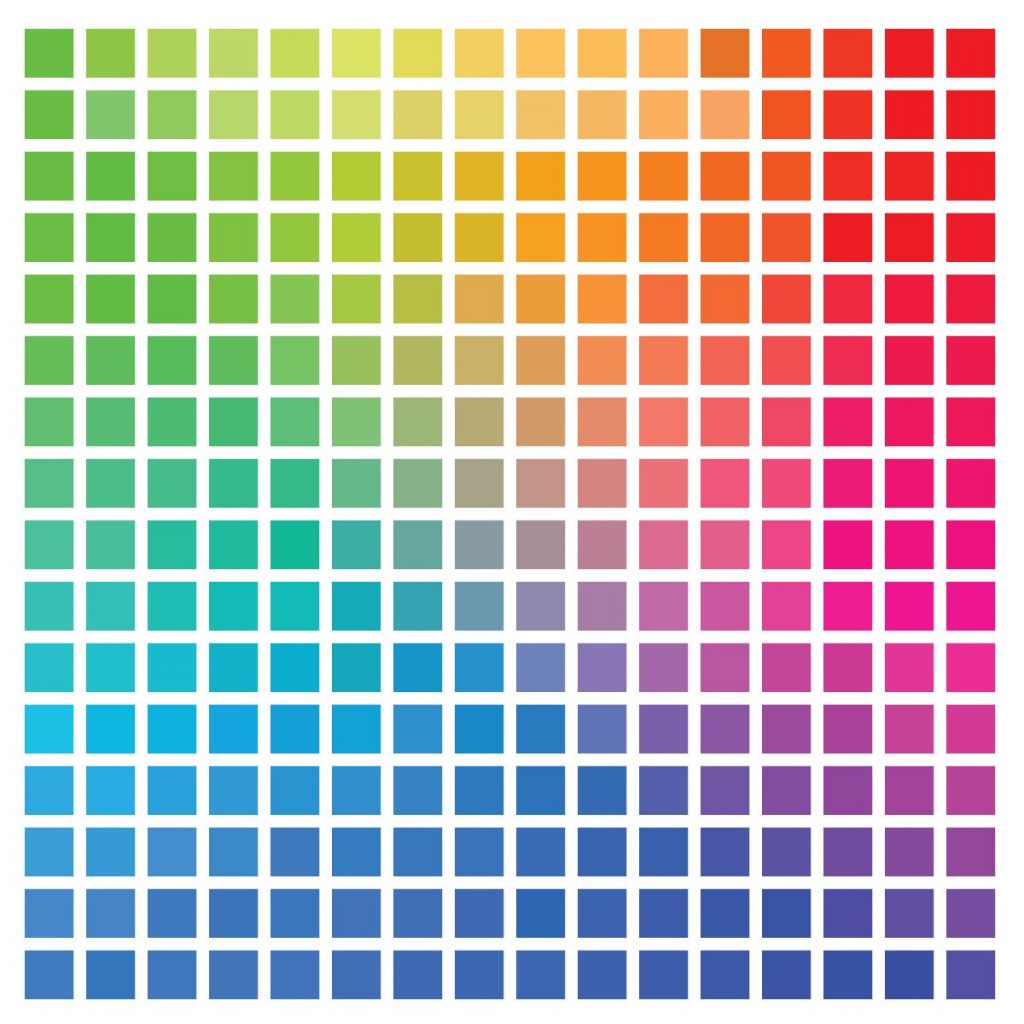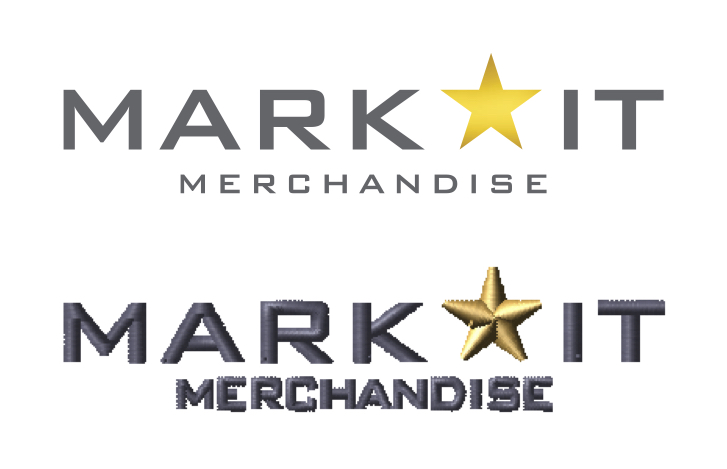7 Tips for Screen Printed Art
October 22, 2019

The more you know! Are you interested in having something screen printed, but not quite sure how to get the process started? Follow the tips below to get the best looking art on your garments.
- Vectored Files
Submitting vector artwork will always be the best option. What makes vector art special is that everything is defined by shapes that will scale cleanly. This means the image never degrades at any size. A vectored image could be used for a left chest, an all over print or a billboard without any pixilation or loss of quality. Vector images are very simple to change color, scale, orientation, etc.
- Sizing & Scaling
One often overlooked detail is the fact that the art being printed stays the same size, while the garment size changes. For example, if you had an order with a toddler size shirt and a 2xl shirt and wanted to use the same screen for everything we would have to max the imprint size for the toddler shirt at 6” wide for all the garments in the order. The toddler shirt would have a print that covered the entire front of the garment and the 2xl would have a smaller logo floating in the middle of the chest.
- Bigger Is Better…
when it comes to non-vectored art anyway. The only things we typically use non-vectored art for are sublimation transfers and simulated process printing. Even with those it is still our preference to use vector artwork.
- Its What’s On The Inside That Counts
The simplest file types to work with are vector files which are .ai .pdf .eps or .svg. Keep in mind it is entirely possible that a file with one of the extensions from above will not contain vectored artwork. Think of this like Blu-Ray vs DVD. A Blu-Ray player can play Blu-Ray and DVD disks but a DVD player can’t play Blu-Rays.
- What The Font?
It’s always helpful to expand your fonts before sending your art files. Text, when created in Illustrator, remains tied to the specific font associated with it on your system. If we receive a file that contains unexpanded text and we do not have that font, our systems will automatically replace it with a default. Nobody wants to see Comic Sans when they wanted Trajan Pro.
- Check It Out!
The proofs we make serve a dual function. First, they let you know details about what, where and how we are going to print on your garments. Second, they serve as a guide for our production to create your vision. So, if the proof states that a Full Front print is going to be 10” wide and you want it to be 8”, let us know and we will adjust it until it’s your perfect vision.
- It’s All In The Details
The more specific you are with your needs, the better we can accomplish them. We want you to get what you want, but we won’t know unless you tell us. Contact us to go over any questions!


